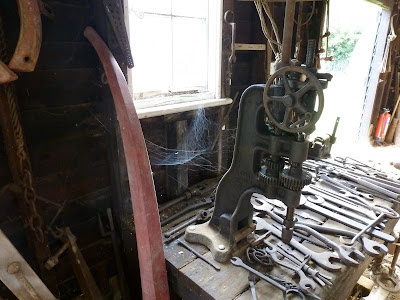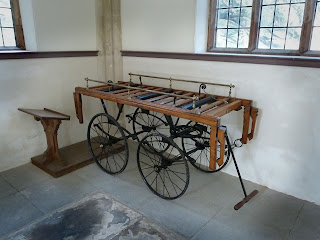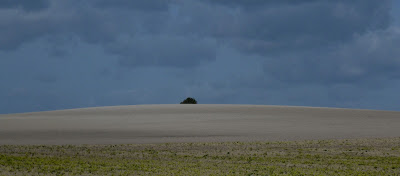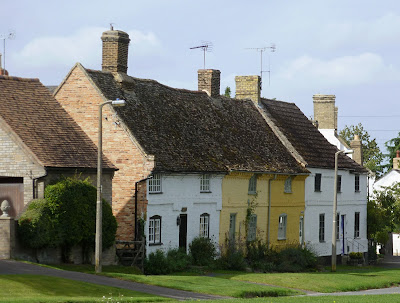When I'm feeling down
and my head is full of worry
People that I'd like to talk to
seem in too much hurry
When the dark clouds hide the sun
and threaten to bring rain
I always know where I can go
to make it shine again
And she...
Takes me back down leafy ways
Across the fields to distant days
And secret places she alone remembers
Things the world has left behind
Are painted clearly on her mind
In golden-yellow shades of late September
She talks about the war,
times of grief and trouble
Times it seemed that life was simply
years of endless struggle
Then she talks of better days
that made it all worthwhile
Simple things remembered then
come shining through her smile
And she...
Takes me back down leafy ways
Across the fields to distant days
And secret places she alone remembers
Things the world has left behind
Are painted clearly on her mind
In golden-yellow shades of late September
Then it's time for me to go
I'm working in the morning
I get up to say goodnight
I think she saw me yawning
"You must think I'm crazy", she says,
"Going on this way"
But it's the nearest thing to sanity
that I have heard all day,
When she...
Takes me back down leafy ways
Across the fields to distant days
And secret places she alone remembers
Things the world has left behind
Are painted clearly on her mind
In golden-yellow shades of late September
One evening I was having a moan about someone that I considered stupid. Granny said, "When God was dishing out the brains He wasn't very even-handed, was He; we should just be thankful that we got our share."
Take care.






















































